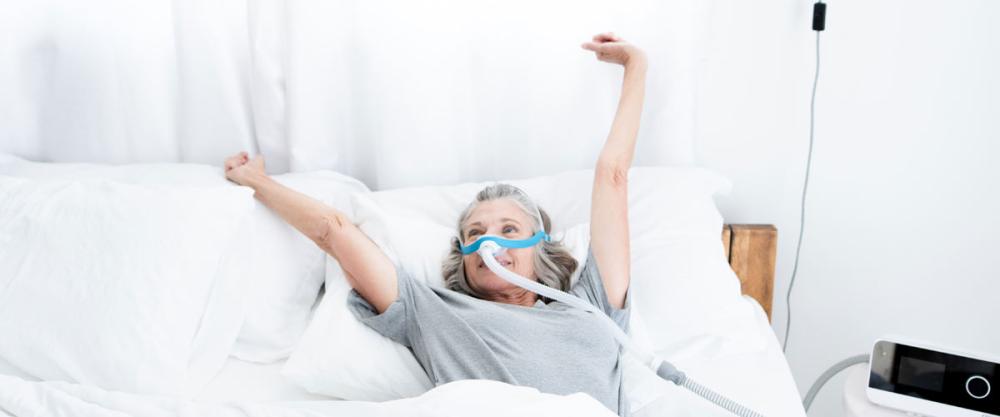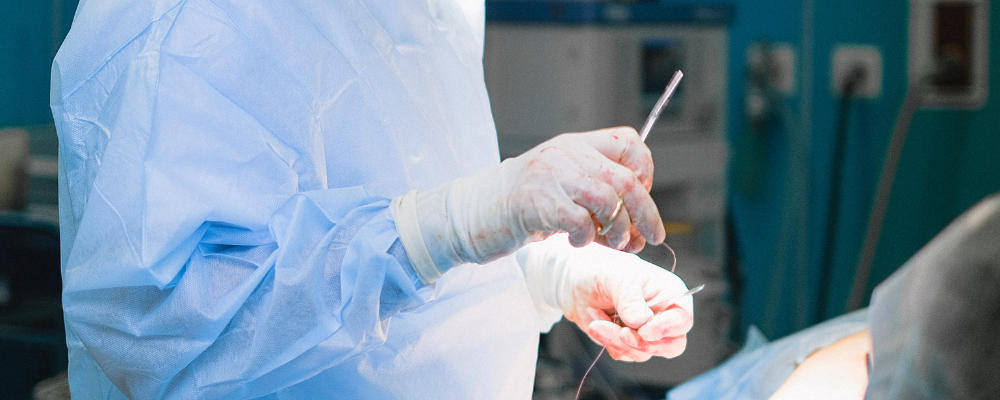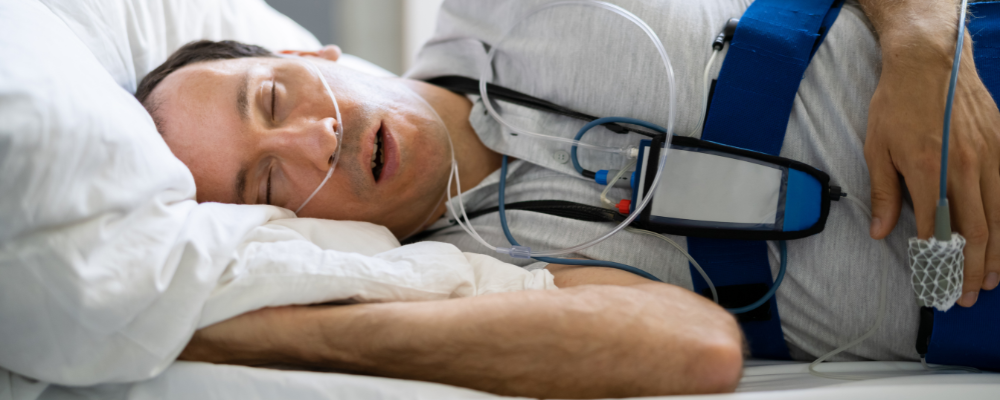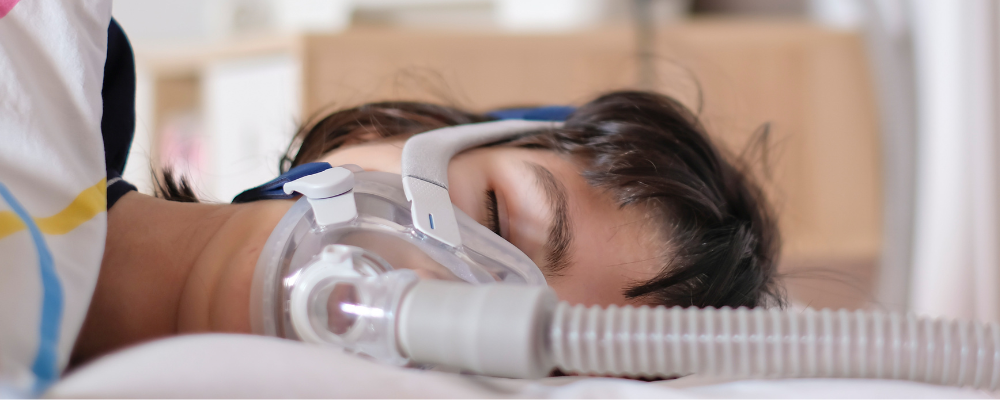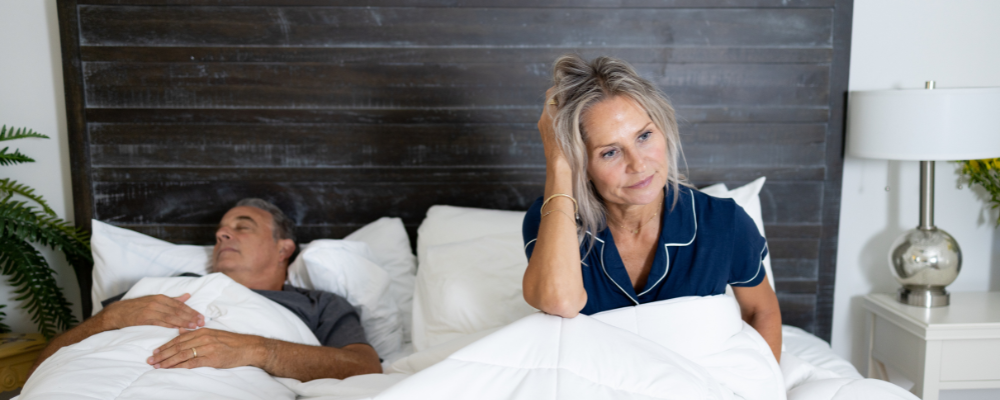Living to be 100 years old is a wonderful, attainable achievement for some, but it’s especially difficult if you have untreated sleep apnea. Research within the National Institutes of Health (NIH) states, “22 million Americans have sleep apnea, and 80% don’t know it.” Hold up. 17.6 million people in this country don’t know they have sleep apnea?! You know what else equates to 17.6 million people? The entire population of Malawi.
Wherever unknown sleep apnea lingers, untreated sleep apnea lingers too. Not to mention, health problems increase...along with the patients’ risk of death. Read on to learn what sleep apnea is, what happens if it goes untreated, how much untreated sleep apnea costs, and more. Plus, as a medical equipment supplier, we’ll offer you the best in sleep apnea treatment.
What Is Sleep Apnea?
An apnea is defined by the Oxford-English Dictionary as a “temporary cessation of breathing, especially during sleep.” Clinically speaking, we’ve gone ahead and added the “sleep” element into the name of the illness, and thus, commonly define sleep apnea as a sleep disorder that occurs when you stop breathing while asleep. Hypopneas, or shallow breathing, can also indicate sleep apnea.
Sleep apnea is often synonymous with obstructive sleep apnea (OSA) and will be used interchangeably throughout the article. However, OSA is actually a specific type of sleep apnea; its counterparts being central sleep apnea (CSA) and mixed sleep apnea. You can differentiate between OSA, CSA, and mixed sleep apnea by the way your airflow is being cut off.
The “obstructive” part of the OSA acronym literally means your upper airway is being obstructed by something, so you can’t breathe. The blockage could be from enlarged tonsils or adenoids, the weight of a fatty neck, or the tongue. OSA is also the most common form of sleep apnea, which is why experts use the two terms interchangeably in colloquial settings.
As for the other two, CSA is when your brain fails to send the neurosignals that reinforce your throat muscles, keeping them while you’re asleep. With no brain waves telling the respiratory muscles what to do, they simply collapse and breathing stops. Finally, mixed sleep apnea is a combination of both OSA and CSA. All 3 types of sleep apnea have serious consequences if you let them go untreated.
Allowing OSA to go untreated means you’ll suffer from its symptoms. A few of these are:
- Loud snoring
- Chronic daytime sleepiness
- Weight gain
- Morning headaches
- Dry mouth
- Sore throat
- Gasping or choking at night
- Irritability or mood swings
- Insomnia
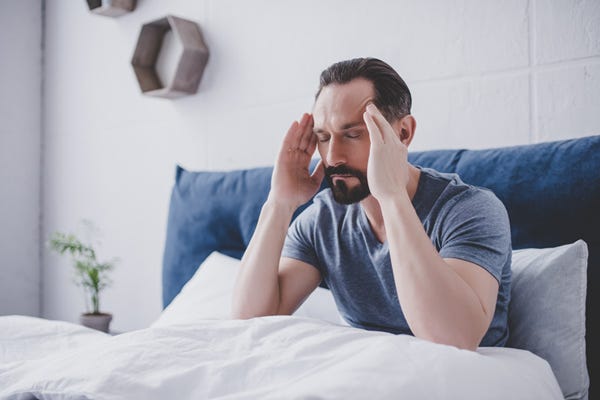

What Happens if You Let OSA Go Untreated?
Aside from the symptoms, people who don’t treat sleep apnea may develop medical conditions and comorbidities like stroke, type 2 diabetes, and obesity. Cardiovascular diseases are among the risk factors too; as well as hypertension (or high blood pressure) and a higher heart rate. Then, sleep apnea puts you at a higher risk of heart disease, heart failure, and heart attack.
Maybe the physical outcome of untreated sleep apnea isn’t what scares you. Maybe it’s the long-term financial implications that keep you up at night. After all, sleep apnea therapy can be expensive when you’re paying out-of-pocket. The truth is, choosing to forgo sleep apnea therapy when you need it will have you pulling out your wallet far more often.
Ensodata—a company quoted as providing AI-powered software services that create massive cost and time savings for frontline clinicians—recently researched the economics behind sleep-disordered breathing:
"Patients not starting therapy, like CPAP, often confounds leaks in the care path that may not be accounted for: the spectrum of CPAP adherence, the effects of concurrent comorbidity, as well as the systemic inequities in healthcare access that unfortunately remain pervasive today, particularly in underserved and underrepresented groups and communities.”
In layman's terms, there are 3 major costs people who don’t treat their sleep apnea need to consider:
- What will it cost to restart the sleep apnea journey if you change your mind about CPAP?
- What will it cost to continue to care for your current medical conditions if they worsen or new comorbidities develop without CPAP?
- And, will the cost of your healthcare today be the same whenever you decide to start CPAP therapy?
The answer to all is an arm and a leg. Worse still, your untreated sleep apnea could leave your family prematurely paying for burial, cremation, and funeral costs.
What Is the Mortality Rate of Sleep Apnea?
Death is certainly a possibility even when you treat sleep apnea, but it is greater still for those who go untreated. The American Academy of Sleep Medicine (AASM) shared data from the ongoing Wisconsin Sleep Cohort Study, saying that:
"About 42% of deaths in people with severe sleep apnea were attributed to cardiovascular disease or stroke, compared with 26% of deaths in people with no sleep apnea… Participants who reported regular CPAP use were [then] removed from the analysis; the hazard ratio for cardiovascular mortality soared from 2.9 to 5.2 for people with severe sleep apnea. The results suggest that regular CPAP use may protect sleep apnea patients against cardiovascular death.”
Furthermore, according to WebMD, “Use of the CPAP mask was tied to a 62% decline in the odds for death over 11 years of follow-up.” That’s 11 years you may not have without treatment.
Treating Your Sleep Apnea
If you or a loved one suspect sleep apnea symptoms are present, here’s what you need to do to participate in regular CPAP use:
1. Talk to Your Doctor
Schedule an appointment with your doctor, primary healthcare physician, or an appropriately licensed medical professional and tell them about the sleep apnea symptoms you may be experiencing. Their expert evaluation will determine if you just need some melatonin or do in fact require a sleep study.
2. Get a Sleep Study
A sleep study is the medical examination needed to prescribe a CPAP machine. If the doctor recommends a sleep study, you have two options: in-home or in-lab. There are pros and cons to both options. For example, you’ll feel more comfortable in your own bed, with fewer distractions if you perform an in-home sleep test; however, insurance is less likely to cover your treatment options, because in-home sleep tests are not as accurate as those performed at a hospital or sleep center.
Regardless of which sleep test you choose, your apnea and hypopnea count will be revealed. Measured on the Apnea-Hypopnea Index, the number of times you enter periods of shallow breathing or stop breathing altogether within one hour of sleep tells your doctor how severe your sleep apnea is. If you are at least 18 years old and have an AHI above 5, you fall into one of 3 sleep apnea categories:
- Mild Sleep Apnea: An AHI ranging between 5-15
- Moderate Sleep Apnea: An AHI ranging between 15-30
- Severe Sleep Apnea: An AHI of 30 or more
If you’re lucky enough to have a score of 5 or lower, then you do not have sleep apnea.
3. Ask Your Doctor About Aeroflow Sleep
Let’s say you do have an AHI above 5 though. Don’t panic! It’s going to be okay. Your doctor can now prescribe continuous positive airway pressure therapy (CPAP therapy.) Again, OSA patients use CPAP machines to regulate their breathing while sleeping. And, you can get yours covered up to 100% through insurance from Aeroflow Sleep.
We accept most private insurance; such as Aetna, Blue Cross & Blue Shield, Cigna, Humana, and United Healthcare. We are also accredited by Medicare and Medicaid. If your insurance provider is in-network with us, all you have to do is ask your doctor for an Aeroflow Sleep referral. He or she can then email a copy of your prescription, doctor’s notes, and the results of your recent sleep study to papintake@aeroflowinc.com to get your CPAP order underway.
After your first order, you will have effectively joined the Aeroflow Sleep family. We will call, email, or text you when you’re due for replacement supplies; like mask cushions, tubing, etc. We will notify you about new and exciting products before the competition does. And, if you ever have any questions, we will give you 24/7 access to our online patient portal. For those who still prefer to speak to a live person, we also pair you with a dedicated Sleep Specialist, to call during regular business hours.
Whatever it takes, Aeroflow Sleep finds great joy in treating your sleep apnea and helping make the prospect of living to be 100 possible. We hope you will share in that joy!
References
Lee W, Nagubadi S, Kryger MH, Mokhlesi B. Epidemiology of Obstructive Sleep Apnea: a Population-based Perspective. Expert Rev Respir Med. 2008 Jun 1;2(3):349-364. doi: 10.1586/17476348.2.3.349. PMID: 19690624; PMCID: PMC2727690.https://www.ncbi.nlm.nih.gov/pmc/articles/PMC2727690/
Fernandez, Chris. The Impact of Obstructive Sleep Apnea (OSA) Therapy on Healthcare Costs. EnsoData, 14 Sept. 2022, https://youtu.be/KVckcPAv2hY
Westchester, Illinois. “Study Shows That People With Sleep Apnea Have A High Risk Of Death.” Press Releases, American Academy of Sleep Medicine, 1 Aug. 2008, https://aasm.org/study-shows-that-people-with-sleep-apnea-have-a-high-risk-of-death/
Mundell, E. J. “CPAP Brings Longer Life For Those With Sleep Apnea.” WebMD, WebMD, 15 Apr. 2019, https://www.webmd.com/sleep-disorders/sleep-apnea/news/20190415/cpap-brings-longer-life-for-those-with-sleep-apnea


